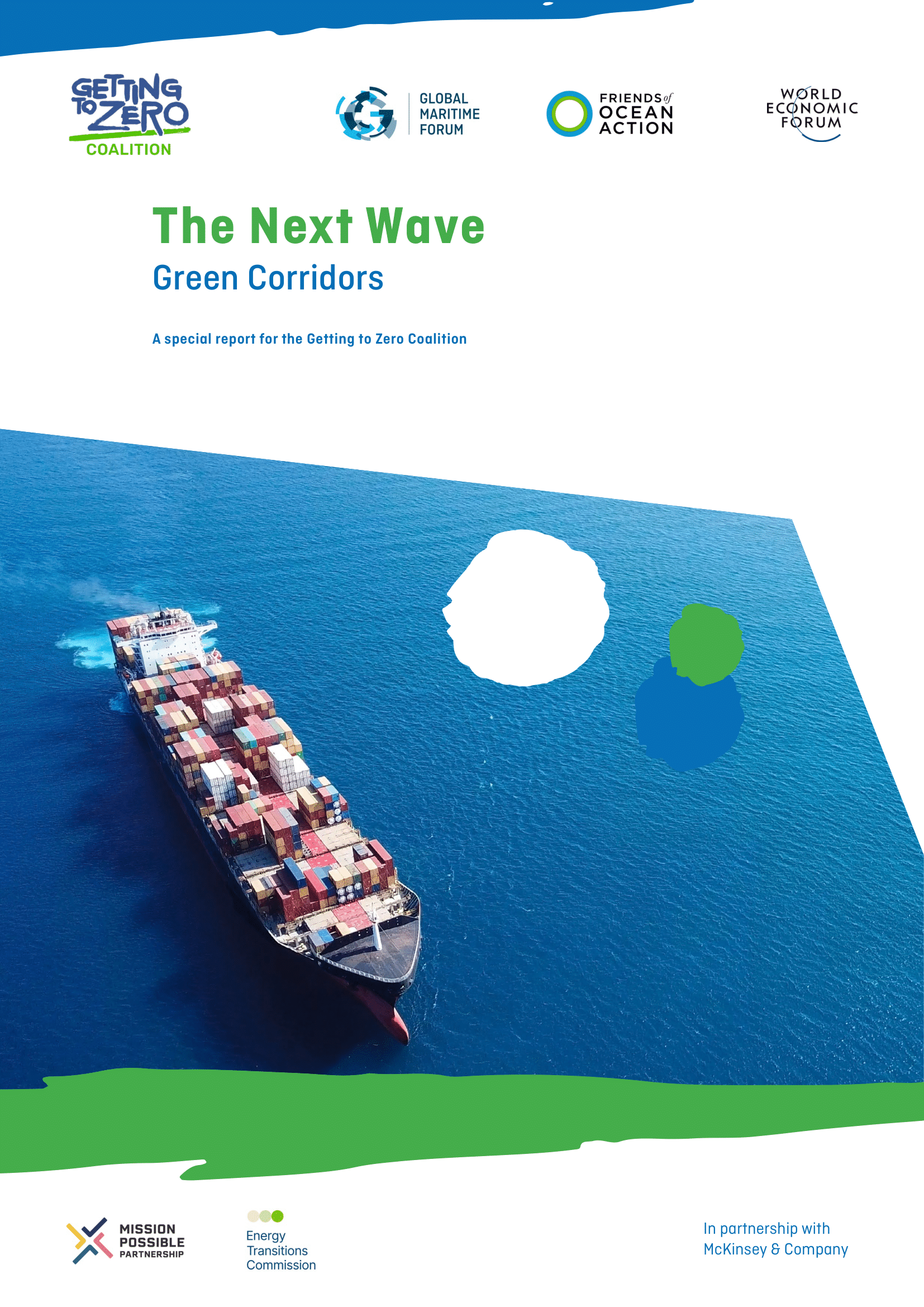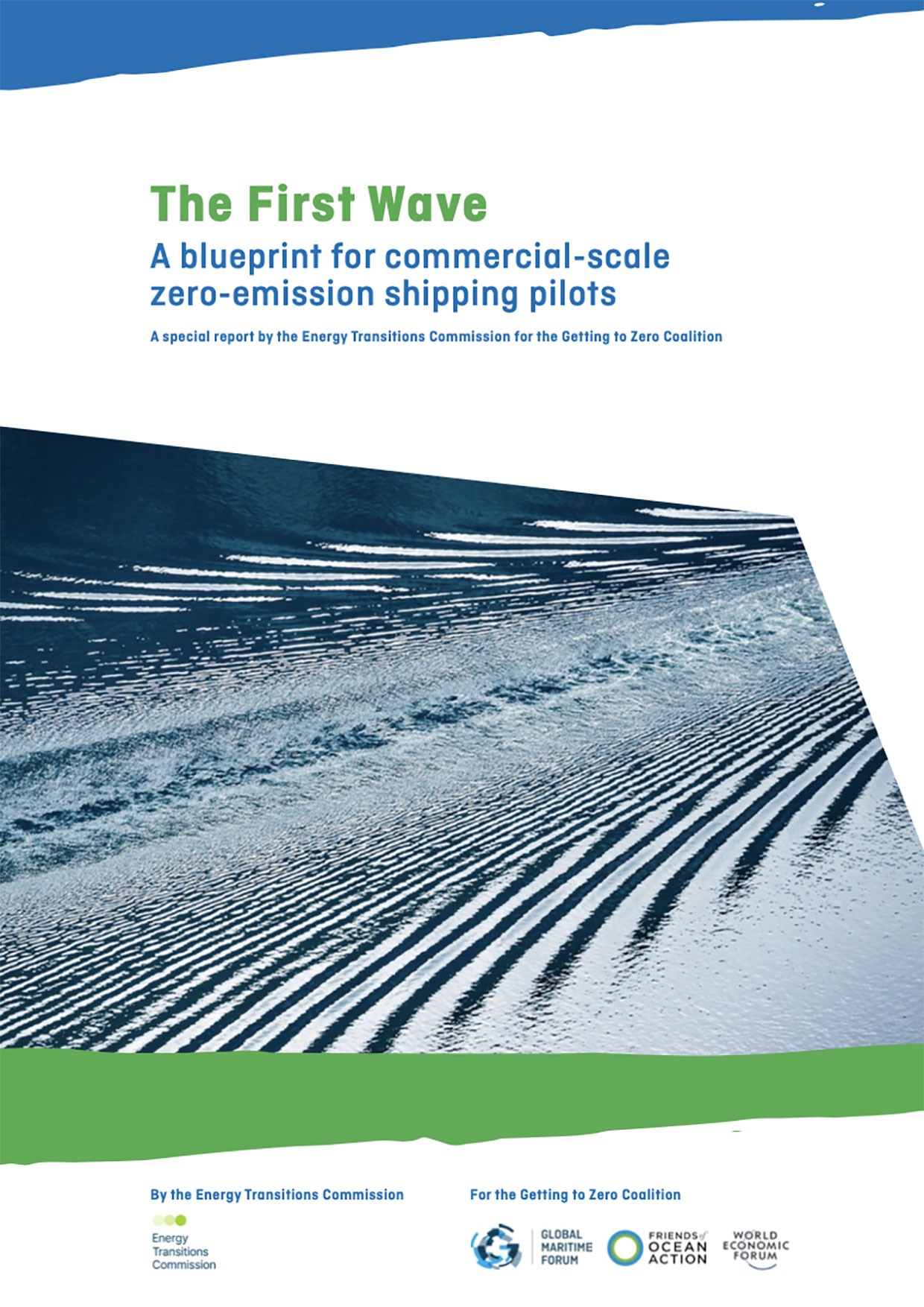Fuelling the decarbonisation of iron ore shipping between Western Australia and East Asia with clean ammonia
May 2023
The West Australia-East Asia iron ore green corridor is within reach
A new study conducted by the West Australia-East Asia Iron Ore Green Corridor Consortium*, based on analysis by the Energy Transitions Commission, reveals the feasibility of deploying ships powered by clean ammonia on the iron ore trade routes between West Australia and East Asia. According to the study, these zero-emission ships could be operational as early as 2028 and reach 5% adoption by 2030, contributing to the decarbonisation of the maritime sector.
*A collaboration between the Global Maritime Forum, BHP, Rio Tinto, Oldendorff Carriers, and Star Bulk Carriers.
The study emphasises the importance of green corridors, which are specific trade routes that support and demonstrate zero-emission shipping solutions. It highlights the key elements necessary for implementing a West Australia-East Asia green corridor, including the deployment of ammonia-powered ships, access to clean ammonia as the preferred zero-emission fuel, and the availability of bunkering infrastructure. These elements are within reach, pending the validation and acceptance of the safety case for ammonia as marine fuel.
The findings indicate that the necessary technologies, such as suitable engines, are on track for development, enabling the deployment of clean ammonia-powered bulk carriers by 2028. Sufficient clean ammonia is expected to be available to meet the corridor’s near and long-term requirements, either from Australian sources or through global imports. The study also identifies the Pilbara region in Australia as a viable bunkering option, whilst Singapore remains well-positioned to serve as a bunkering hub.
In the scenario outlined in the analysis, the corridor could see over 20 vessels operating on clean ammonia by 2030, with an estimated increase to approximately 360 vessels by 2050. However, the successful development of the green corridor hinges on crucial factors, including continued collaboration and coordinated action across the value chain and the establishment of appropriate commercial frameworks. Public sector support is seen as vital to accelerating the development of this green corridor.
The study builds on a previously published pre-feasibility report that identified the iron ore shipping routes from West Australia to China and Japan as conducive to early action and capable of making a significant impact on sector decarbonisation. In conjunction with the study, the Getting to Zero Coalition has formed an Australia-East Asia Iron Ore Corridor Task Force, serving as an industry forum to address the related challenges and opportunities.







